-
 Bitcoin
Bitcoin $117500
2.15% -
 Ethereum
Ethereum $3911
6.19% -
 XRP
XRP $3.316
10.79% -
 Tether USDt
Tether USDt $1.000
0.01% -
 BNB
BNB $787.2
2.24% -
 Solana
Solana $175.2
4.15% -
 USDC
USDC $0.9999
0.00% -
 Dogecoin
Dogecoin $0.2225
8.40% -
 TRON
TRON $0.3383
0.28% -
 Cardano
Cardano $0.7868
6.02% -
 Stellar
Stellar $0.4382
9.34% -
 Hyperliquid
Hyperliquid $40.92
7.56% -
 Sui
Sui $3.764
7.63% -
 Chainlink
Chainlink $18.48
10.66% -
 Bitcoin Cash
Bitcoin Cash $582.1
1.88% -
 Hedera
Hedera $0.2601
6.30% -
 Avalanche
Avalanche $23.33
4.94% -
 Ethena USDe
Ethena USDe $1.001
0.02% -
 Litecoin
Litecoin $122.3
2.04% -
 UNUS SED LEO
UNUS SED LEO $8.969
-0.27% -
 Toncoin
Toncoin $3.339
0.86% -
 Shiba Inu
Shiba Inu $0.00001287
4.30% -
 Uniswap
Uniswap $10.43
7.38% -
 Polkadot
Polkadot $3.861
5.08% -
 Dai
Dai $1.000
0.02% -
 Bitget Token
Bitget Token $4.513
3.41% -
 Monero
Monero $267.7
-6.18% -
 Cronos
Cronos $0.1499
4.14% -
 Pepe
Pepe $0.00001110
5.15% -
 Aave
Aave $284.9
8.28%
What is the automatic reduction mechanism of KuCoin contract? How to reduce the risk of being reduced?
KuCoin's ADL system manages risk by auto-closing profitable positions when the insurance fund can't cover losses, prioritizing traders by leverage and unrealized profit.
May 04, 2025 at 09:07 pm

The automatic reduction mechanism of KuCoin contract, commonly referred to as the auto-deleveraging (ADL) system, is a critical feature designed to manage risk and maintain the stability of the futures market. This mechanism comes into play when a trader's position is liquidated but there are not enough funds in the insurance fund to cover the loss. In such cases, the system automatically closes the positions of other traders who are on the profitable side of the trade to balance the books. Understanding this mechanism and knowing how to minimize the risk of being affected by it is essential for traders operating on the KuCoin platform.
What is Auto-Deleveraging (ADL)?
Auto-Deleveraging, or ADL, is a process where the profits of certain traders are used to cover the losses of other traders whose positions have been liquidated. This mechanism ensures that the market remains balanced and that no trader can default on their obligations. The ADL system prioritizes traders based on several factors, including their leverage, unrealized profit, and the size of their position. Traders who have higher leverage and larger unrealized profits are more likely to be selected for ADL.
How Does the ADL System Work?
The ADL system operates based on a set of predefined rules that determine which traders will be affected. When a position is liquidated and the insurance fund cannot cover the loss, the system looks for profitable positions to close. The priority for ADL is determined by the following factors:
- Leverage: Traders with higher leverage are more likely to be chosen for ADL.
- Unrealized Profit: Traders with higher unrealized profits are more likely to be selected.
- Position Size: Larger positions are more likely to be targeted for ADL.
The system will close these positions until the required amount is covered, ensuring that the market remains stable and that all obligations are met.
How to Reduce the Risk of Being Affected by ADL
Reducing the risk of being affected by ADL involves a combination of strategic trading practices and risk management techniques. Here are some effective strategies to minimize the likelihood of being selected for ADL:
Use Lower Leverage: High leverage increases the risk of being selected for ADL. By using lower leverage, you reduce your priority in the ADL queue.
Monitor Your Unrealized Profits: Keeping your unrealized profits at a manageable level can reduce the likelihood of being chosen for ADL. Consider taking profits periodically to keep your unrealized gains low.
Diversify Your Positions: Spreading your investments across different assets and markets can help mitigate the risk of being heavily impacted by ADL in any single position.
Set Stop-Loss Orders: Using stop-loss orders can help you exit positions before they become vulnerable to ADL. This is particularly useful in volatile markets where prices can fluctuate rapidly.
Stay Informed: Keeping up-to-date with market conditions and the performance of the insurance fund can help you make more informed decisions about when to enter or exit trades.
Practical Steps to Implement These Strategies
Implementing these strategies requires careful planning and execution. Here are detailed steps to help you apply these risk management techniques effectively:
Adjusting Leverage:
- Log into your KuCoin account and navigate to the futures trading section.
- Select the contract you wish to trade and open the position settings.
- Adjust the leverage to a lower level, typically between 1x and 5x, depending on your risk tolerance.
Monitoring Unrealized Profits:
- Regularly check your open positions on the KuCoin platform to monitor your unrealized profits.
- Use the profit/loss calculator to determine when to take profits.
- Consider closing out a portion of your position to lock in gains and reduce your exposure to ADL.
Diversifying Your Portfolio:
- Research different cryptocurrencies and futures contracts available on KuCoin.
- Allocate your funds across various assets to spread the risk.
- Use the portfolio management tools on KuCoin to track your diversified positions.
Setting Stop-Loss Orders:
- Open the trading interface for the futures contract you are trading.
- Click on the "Order" tab and select "Stop-Loss."
- Set the stop-loss price at a level where you are comfortable exiting the trade to avoid potential ADL.
Staying Informed:
- Regularly visit the KuCoin blog and social media channels for updates on market conditions and platform news.
- Use trading analysis tools and indicators to stay informed about market trends and potential risks.
Understanding the Insurance Fund and Its Role in ADL
The insurance fund plays a crucial role in mitigating the need for ADL. It is a pool of funds set aside to cover losses when a trader's position is liquidated. If the insurance fund is sufficient, ADL may not be necessary. However, if the fund is depleted, the ADL system kicks in to cover the shortfall. Understanding the status of the insurance fund can help traders gauge the risk of ADL occurring.
Monitoring and Managing Your ADL Risk
Effective monitoring and management of your ADL risk involve staying proactive and vigilant. Here are some additional tips to help you manage your risk:
Use the ADL Queue: KuCoin provides an ADL queue that shows the priority of traders for ADL. Regularly checking this queue can help you understand your position and adjust your trading strategy accordingly.
Adjust Your Trading Strategy: In times of high market volatility, consider reducing your exposure to high-leverage trades. Focus on more conservative trading strategies to minimize the risk of being affected by ADL.
Stay Liquid: Maintaining a healthy balance of liquid assets can help you quickly adjust your positions and take profits when necessary, reducing your risk of ADL.
Frequently Asked Questions
Q: Can the ADL system affect my entire portfolio, or is it limited to specific positions?
A: The ADL system is designed to affect specific positions based on the criteria mentioned earlier, such as leverage and unrealized profit. It does not automatically impact your entire portfolio but targets individual positions that meet the ADL criteria.
Q: How often does the ADL system trigger on KuCoin?
A: The frequency of ADL triggering depends on market conditions and the performance of the insurance fund. During periods of high volatility and significant liquidations, the ADL system may be triggered more frequently.
Q: Is there a way to completely avoid being affected by ADL?
A: While it is impossible to completely avoid the risk of ADL, implementing the strategies outlined above can significantly reduce your chances of being affected. Using lower leverage, monitoring unrealized profits, diversifying your portfolio, and setting stop-loss orders are key to minimizing this risk.
Q: How can I check the status of the insurance fund on KuCoin?
A: You can check the status of the insurance fund by visiting the KuCoin website and navigating to the futures trading section. The platform provides regular updates on the insurance fund's balance, which can help you assess the risk of ADL.
Disclaimer:info@kdj.com
The information provided is not trading advice. kdj.com does not assume any responsibility for any investments made based on the information provided in this article. Cryptocurrencies are highly volatile and it is highly recommended that you invest with caution after thorough research!
If you believe that the content used on this website infringes your copyright, please contact us immediately (info@kdj.com) and we will delete it promptly.
- FTT Token's Wild Ride: Creditor Repayments vs. Market Drop - A New Yorker's Take
- 2025-08-08 07:10:12
- Floki Crypto Price Prediction: Riding the Robinhood Rocket or Just a Meme?
- 2025-08-08 07:15:12
- EigenLayer, Restaking, and Ethereum: Navigating the Hype and the Hazards
- 2025-08-08 06:30:12
- Super Bowl 59: Jon Batiste to Jazz Up the National Anthem
- 2025-08-08 06:30:12
- Cold Wallet Crypto in 2025: The Future is Now, Ya'll
- 2025-08-08 05:10:13
- MAGACOIN, SOL, and ADA: A Tale of Shifting Tides in Crypto
- 2025-08-08 05:10:13
Related knowledge
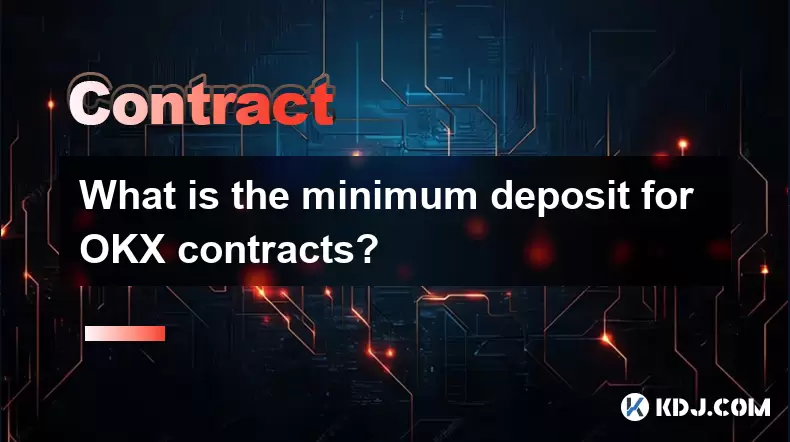
What is the minimum deposit for OKX contracts?
Aug 08,2025 at 07:00am
Understanding OKX Contract Trading BasicsOKX is one of the leading cryptocurrency derivatives exchanges, offering a wide range of perpetual and future...
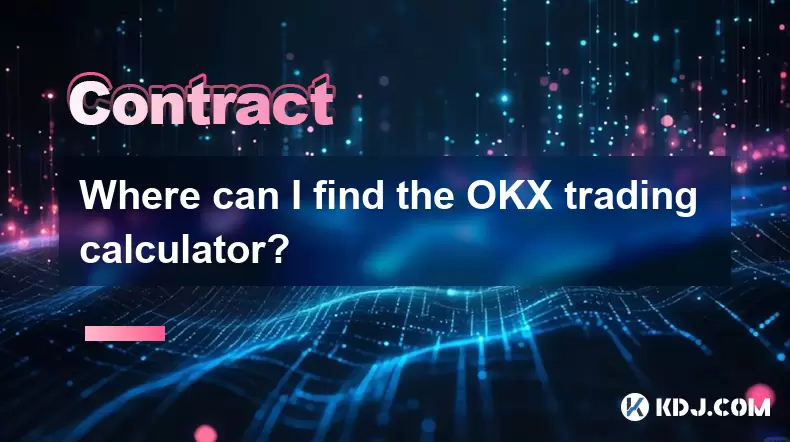
Where can I find the OKX trading calculator?
Aug 08,2025 at 07:49am
Understanding the OKX Trading Calculator FunctionalityThe OKX trading calculator is a powerful analytical tool designed to assist traders in estimatin...
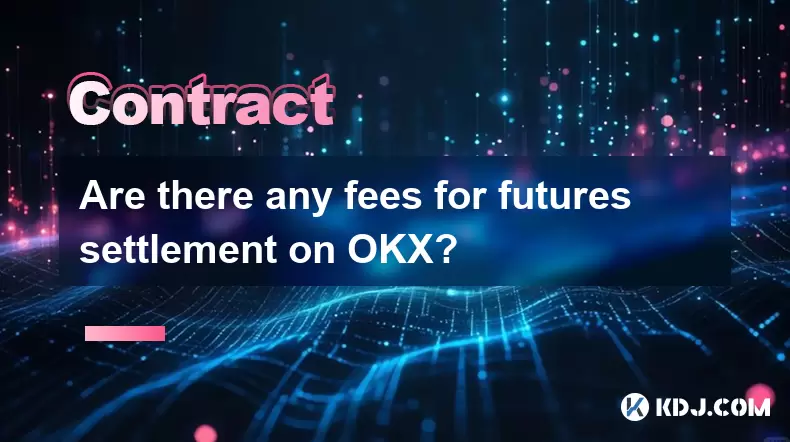
Are there any fees for futures settlement on OKX?
Aug 08,2025 at 05:35am
Understanding Futures Settlement on OKXFutures settlement on OKX refers to the process by which open futures contracts are automatically closed or mar...
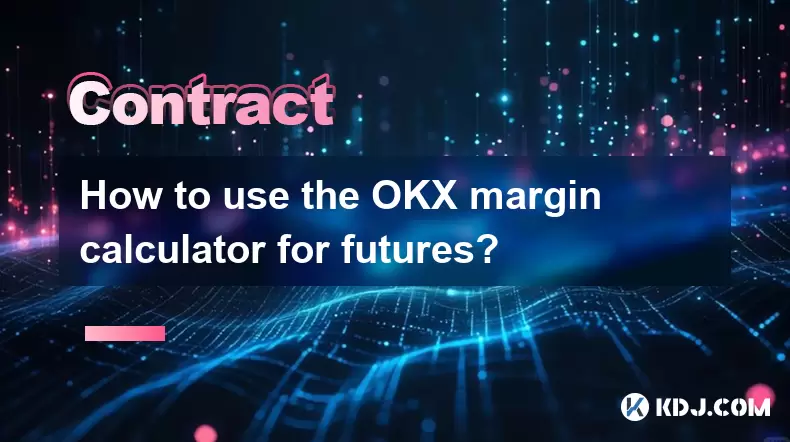
How to use the OKX margin calculator for futures?
Aug 08,2025 at 05:15am
Understanding the OKX Margin Calculator for FuturesThe OKX margin calculator is a specialized tool designed to assist traders in estimating the requir...
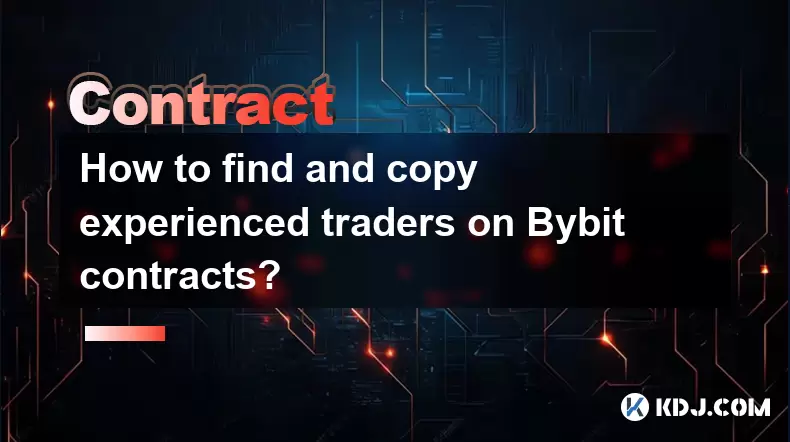
How to find and copy experienced traders on Bybit contracts?
Aug 08,2025 at 06:00am
Understanding Copy Trading on BybitBybit offers a copy trading feature that allows users to automatically replicate the contract positions of experien...
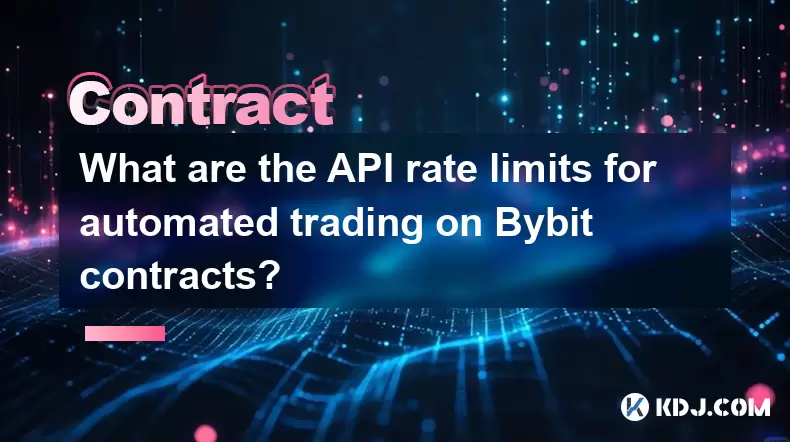
What are the API rate limits for automated trading on Bybit contracts?
Aug 08,2025 at 06:08am
Understanding API Rate Limits on BybitWhen engaging in automated trading on Bybit contracts, understanding the API rate limits is essential to prevent...

What is the minimum deposit for OKX contracts?
Aug 08,2025 at 07:00am
Understanding OKX Contract Trading BasicsOKX is one of the leading cryptocurrency derivatives exchanges, offering a wide range of perpetual and future...

Where can I find the OKX trading calculator?
Aug 08,2025 at 07:49am
Understanding the OKX Trading Calculator FunctionalityThe OKX trading calculator is a powerful analytical tool designed to assist traders in estimatin...

Are there any fees for futures settlement on OKX?
Aug 08,2025 at 05:35am
Understanding Futures Settlement on OKXFutures settlement on OKX refers to the process by which open futures contracts are automatically closed or mar...

How to use the OKX margin calculator for futures?
Aug 08,2025 at 05:15am
Understanding the OKX Margin Calculator for FuturesThe OKX margin calculator is a specialized tool designed to assist traders in estimating the requir...

How to find and copy experienced traders on Bybit contracts?
Aug 08,2025 at 06:00am
Understanding Copy Trading on BybitBybit offers a copy trading feature that allows users to automatically replicate the contract positions of experien...

What are the API rate limits for automated trading on Bybit contracts?
Aug 08,2025 at 06:08am
Understanding API Rate Limits on BybitWhen engaging in automated trading on Bybit contracts, understanding the API rate limits is essential to prevent...
See all articles

























































































